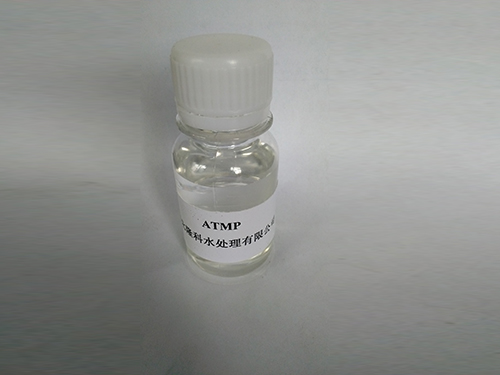atmp acid
Understanding ATMP Acid A Key Chemical in Modern Applications
ATMP acid, or Amino-tris(methylenephosphonic acid), is a significant compound in the realm of chemistry, particularly due to its applications in various industries. This article delves into the properties, synthesis, applications, and environmental impact of ATMP acid, shedding light on why it has gained attention in both scientific research and commercial use.
Chemical Properties
ATMP is a phosphonic acid derivative, characterized by its unique molecular structure that features three methylene groups linked to a nitrogen atom and phosphonic acid groups. This configuration endows ATMP acid with excellent chelating properties, enabling it to form stable complexes with metal ions. Its water solubility further enhances its utility across diverse applications, allowing it to function effectively in various aqueous environments.
Synthesis of ATMP Acid
The synthesis of ATMP acid generally involves the reaction of formaldehyde with phosphonic acid derivatives in the presence of ammonia. Upon heating, this process yields ATMP as a white crystalline solid. The method of synthesis can influence the purity and yield of the final product, which is critical in industrial applications where product quality is paramount.
Applications
1. Water Treatment One of the most significant applications of ATMP acid is in water treatment processes. It acts as a scale inhibitor in cooling towers, boilers, and other water systems. By chelating metal ions, ATMP acid prevents the formation of scale deposits, which can impede operation efficiency and cause damage to equipment.
atmp acid

2. Cleaning Agents The chelating properties of ATMP also make it an effective ingredient in various cleaning agents. It helps to soften water, enhancing the efficacy of soaps and detergents. This application is particularly valuable in household cleaning products, where mineral deposits can pose challenges.
3. Oil and Gas Industry ATMP is utilized in the oil and gas sector as an anti-scaling agent, particularly in the extraction and processing of hydrocarbons. Its ability to inhibit the precipitation of scale-forming minerals helps maintain pipeline integrity and ensures smooth operational flow.
4. Agriculture In agriculture, ATMP is used as a soil conditioner and plant nutrient delivery agent. Its chelating ability allows it to bind essential nutrients, making them more available to plants, thus promoting growth and improving crop yield.
5. Personal Care Products The cosmetic industry has also identified the benefits of ATMP acid. It is included in formulations to enhance product stability and to provide conditioning effects to skin and hair care products.
Environmental Considerations
While ATMP acid plays a vital role in many industrial applications, its environmental impact should be taken into account. As with any chemical compound, improper use or disposal can lead to ecological concerns. Studies suggest that while ATMP is relatively low in toxicity to humans and animals, its long-term effects on aquatic environments require careful consideration. Therefore, manufacturers and users are encouraged to follow regulatory guidelines and best practices to minimize environmental harm.
Conclusion
ATMP acid exemplifies the intersection of chemistry and practical application in modern industry. Its properties as a chelating agent, combined with its versatility across different sectors—from water treatment to agriculture—highlight its importance in daily life and industrial processes. As industries continue to advance, the demand for efficient and environmentally friendly solutions will likely sustain interest in compounds like ATMP. Continued research and innovation will be crucial in maximizing its benefits while minimizing potential risks to the environment. As we strive for sustainability in chemical usage, ATMP acid remains a pivotal player in the quest for cleaner and more efficient industrial practices.
-
Understanding Polycarboxylic Acids: Properties, Applications, and Future PotentialNewsJul.28,2025
-
Scale Inhibitor Explained: How to Protect Your System from Limescale and Hard Water DamageNewsJul.28,2025
-
Scale and Corrosion Inhibitors: Essential Chemicals for Industrial Water System ProtectionNewsJul.28,2025
-
Polyaspartic Acid: A Biodegradable Polymer for Sustainable ChemistryNewsJul.28,2025
-
Isothiazolinones: A Versatile Antimicrobial Class with Industrial Power and Regulatory ChallengesNewsJul.28,2025
-
A Deep Dive into 2-Phosphonobutane-1,2,4-Tricarboxylic Acid (PBTC)NewsJul.28,2025





